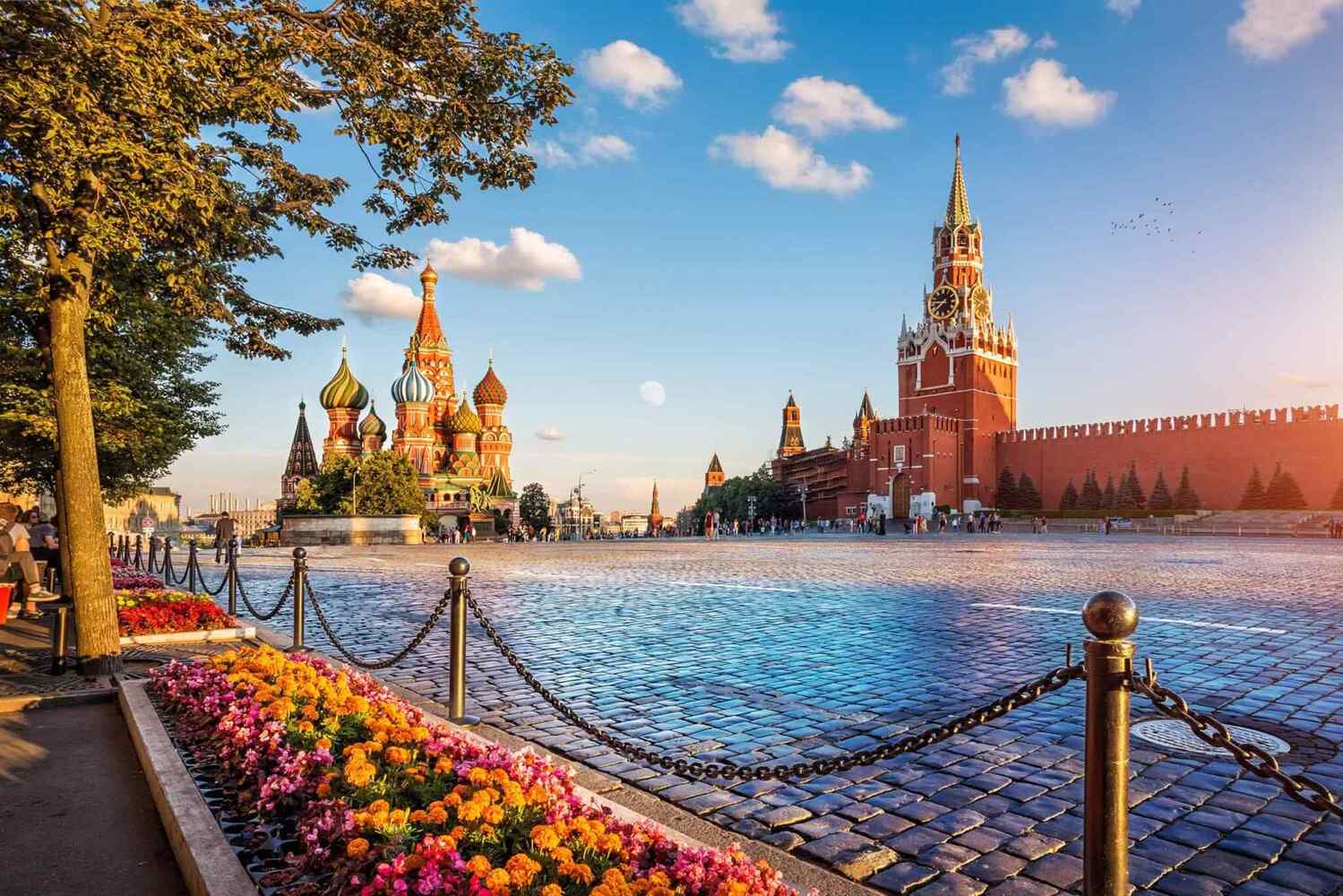Moscow is one of the oldest and most recognizable cities in Eastern Europe, combining a rich history, modern architecture and cultural diversity. It attracts millions of tourists, researchers, artists and travelers who want to experience its atmosphere. This is not just an administrative center but the heart of a vast civilization with global significance. In this article, you will discover interesting facts about Moscow that you might not have known. They will help you see the capital of Russia from a new perspective and uncover many surprising aspects of the city.
- Moscow was founded in 1147 and is older than cities like London, Paris and Berlin. The first recorded mention of it relates to Prince Yuri Dolgorukiy. The city has evolved from a small settlement into one of the world’s largest metropolises.
- Moscow is the most populous city in Europe. More than 13 million people live within its city limits, with even more in the surrounding metropolitan area. The population continues to grow due to internal migration and economic activity.
- The territory of Moscow significantly expanded after the annexation of New Moscow in 2012. The city area increased 2.5 times as a result. This allowed for the development of new residential districts and administrative zones.
- The Kremlin, a unique architectural complex and symbol of state power, is located in the heart of Moscow. It stands on the banks of the Moskva River and is included in the UNESCO World Heritage list. The Kremlin houses historic monuments, cathedrals and official residences.
- The Moscow Metro is considered one of the most beautiful underground systems in the world. It opened in 1935 and has since become a true underground art gallery. Some stations look like palaces with marble columns, chandeliers and mosaics.
- The Moscow Metro is also one of the busiest in the world. Over 9 million passengers use it every day. That is more than the subways of London and New York combined.
- Moscow is home to more than 400 museums. Notable among them are the Tretyakov Gallery, the Pushkin Museum of Fine Arts and the Polytechnic Museum. This makes the city one of the leading cultural centers of Europe.
- There are over 100 theaters in Moscow, including the world-famous Bolshoi Theatre. It is a symbol of Russian ballet and opera. Tickets for performances are often sold out months in advance.
- One of the largest parks in Moscow is VDNH, or the Exhibition of Achievements of National Economy. It is not just a park but an entire complex with pavilions, fountains and sculptures. The park covers more than 200 hectares.
- In central Moscow, you can see a striking blend of historical architecture and modern skyscrapers. Ancient churches and Kremlin towers stand alongside the glass buildings of Moscow City. This contrast creates a unique urban landscape.
- The Moskva River flows through the city and serves both as a scenic feature and a transportation route. In summer, sightseeing riverboats operate, offering tours of the city from the water. Many embankments and walking paths line the riverbanks.
- Moscow is surrounded by the MKAD, the Moscow Ring Road, one of Russia’s most important highways. It stretches over 100 kilometers. Distances to other Russian cities are often measured from the MKAD.
- Other key infrastructure includes the Third Ring Road and the Moscow Central Circle railway. These routes help reduce traffic congestion in the city center and provide efficient transportation. Together with the metro and buses, they form a complex and effective network.
- Moscow is home to one of the largest universities in the world, Lomonosov Moscow State University. Its main building is one of the famous Stalinist skyscrapers. It is a symbol of science, education and Soviet-era architecture.
- The city is also known for its diverse culinary scene. You can find traditional Russian dishes as well as cuisine from all over the world. Moscow regularly appears in rankings of Europe’s top gastronomic destinations.
- Dozens of international festivals, exhibitions and forums take place in Moscow every year. They cover art, music, science, sports and business. This makes the city a global platform for cultural and professional exchange.
- Moscow’s streets are adorned with monuments to Pushkin, Dostoevsky, Yuri Dolgorukiy, Lenin and other historical figures. The city maintains its identity by blending heritage with a modern rhythm. Every visitor can find something meaningful here.
- The Ostankino TV Tower in Moscow was once the tallest structure in Europe. It stands over 540 meters tall. From its observation deck, you can enjoy a panoramic view of the entire city.
- In winter, Moscow transforms into a magical city with festive markets, ice rinks and lights. A giant Christmas tree is set up for New Year’s celebrations and light shows illuminate the streets. During this season, the city feels especially enchanting.
Moscow is a city that is constantly changing while preserving its deep historical and cultural roots. These amazing facts reveal its role as a center of politics, science, art, transportation and everyday life. It remains a source of inspiration, a space for great achievements and memorable encounters. Even first-time visitors often leave with unique and lasting impressions.





